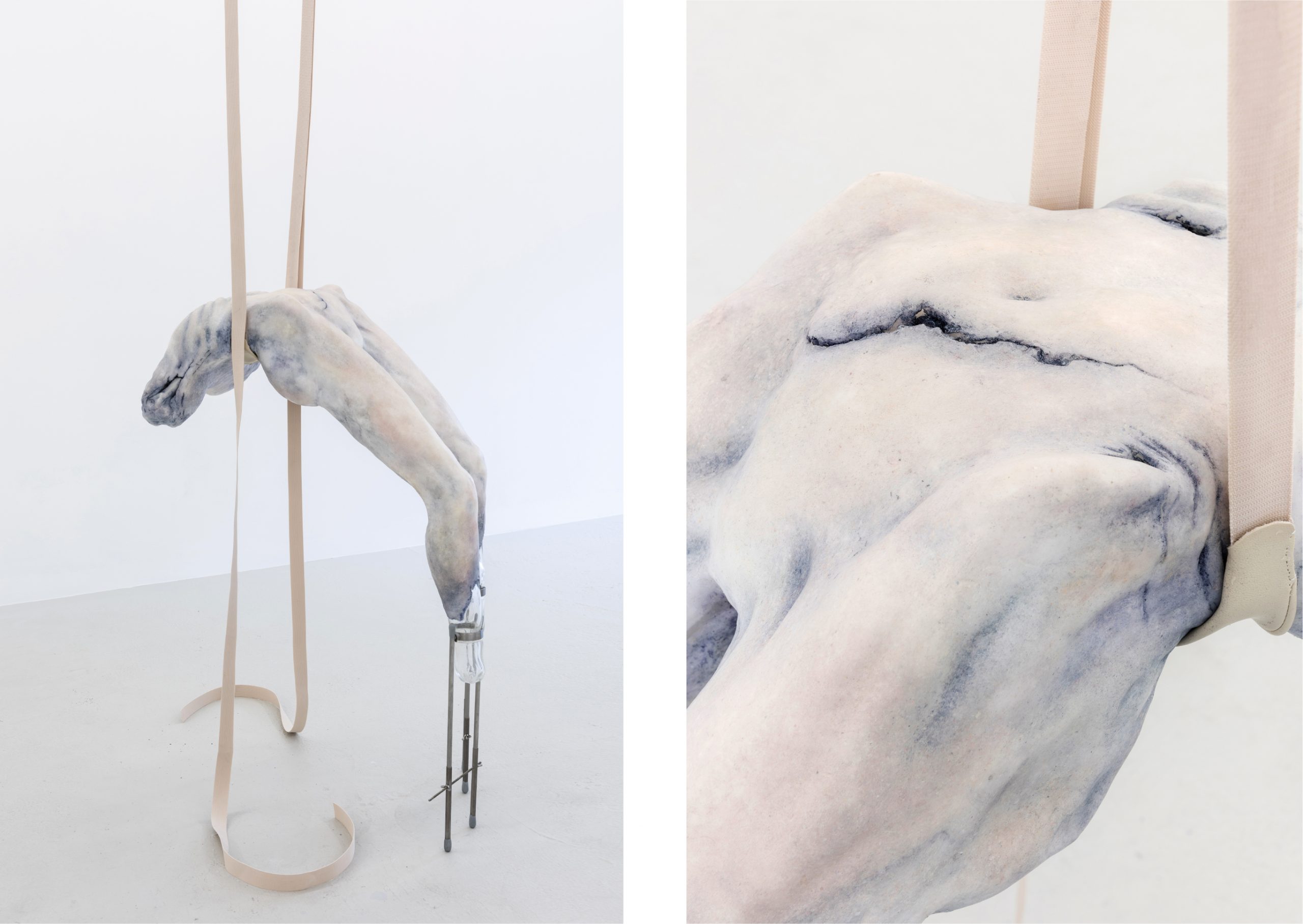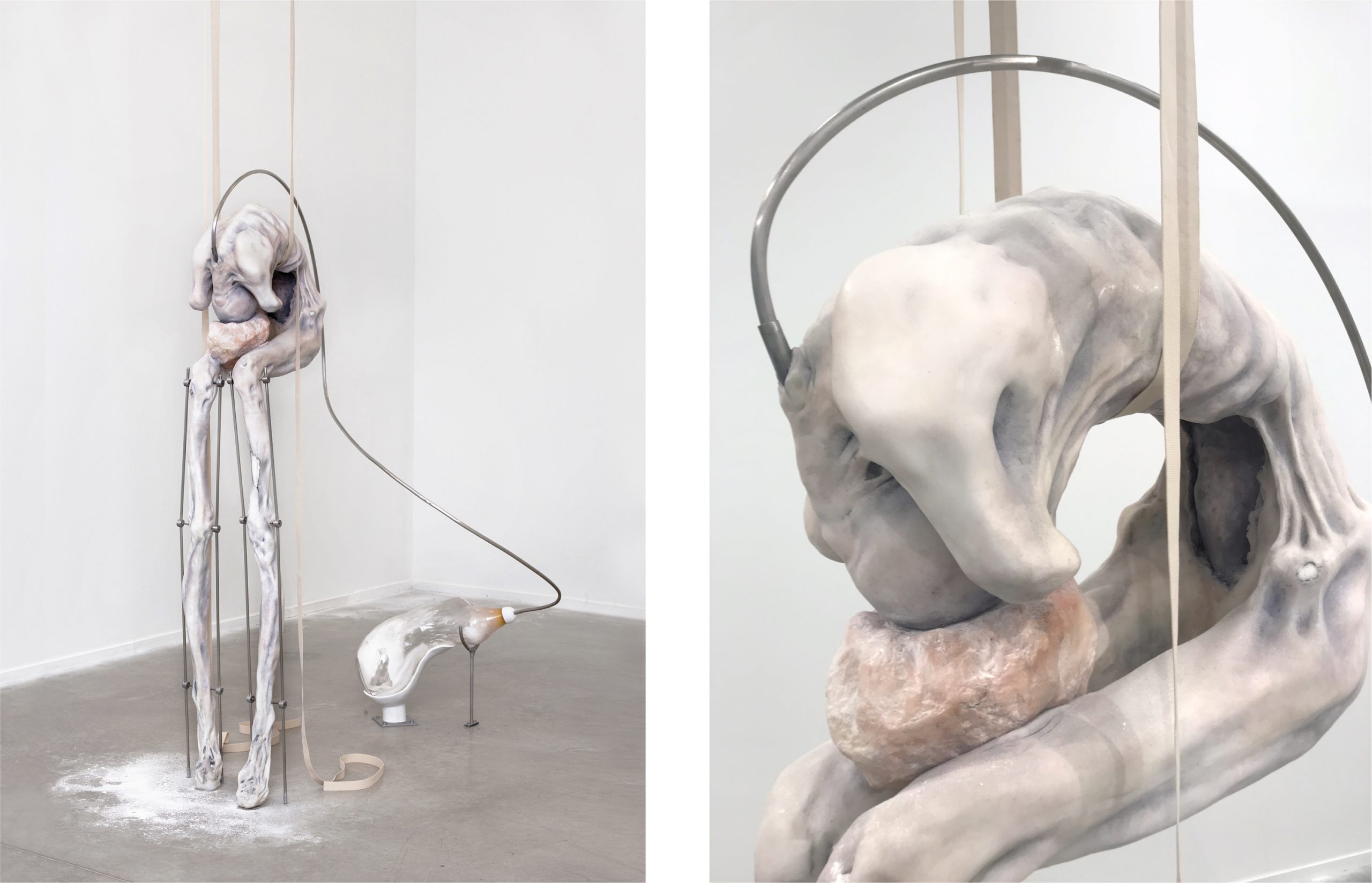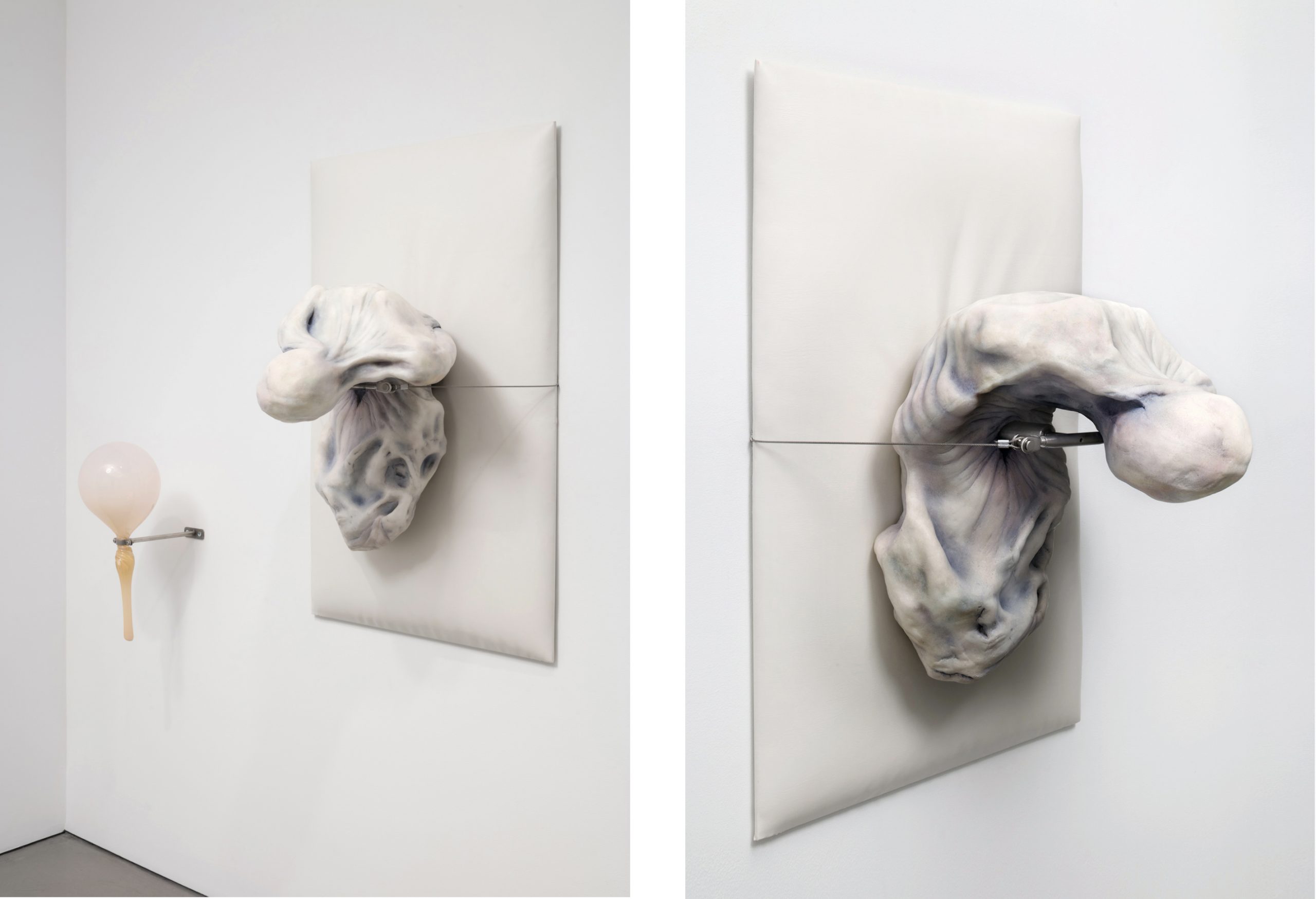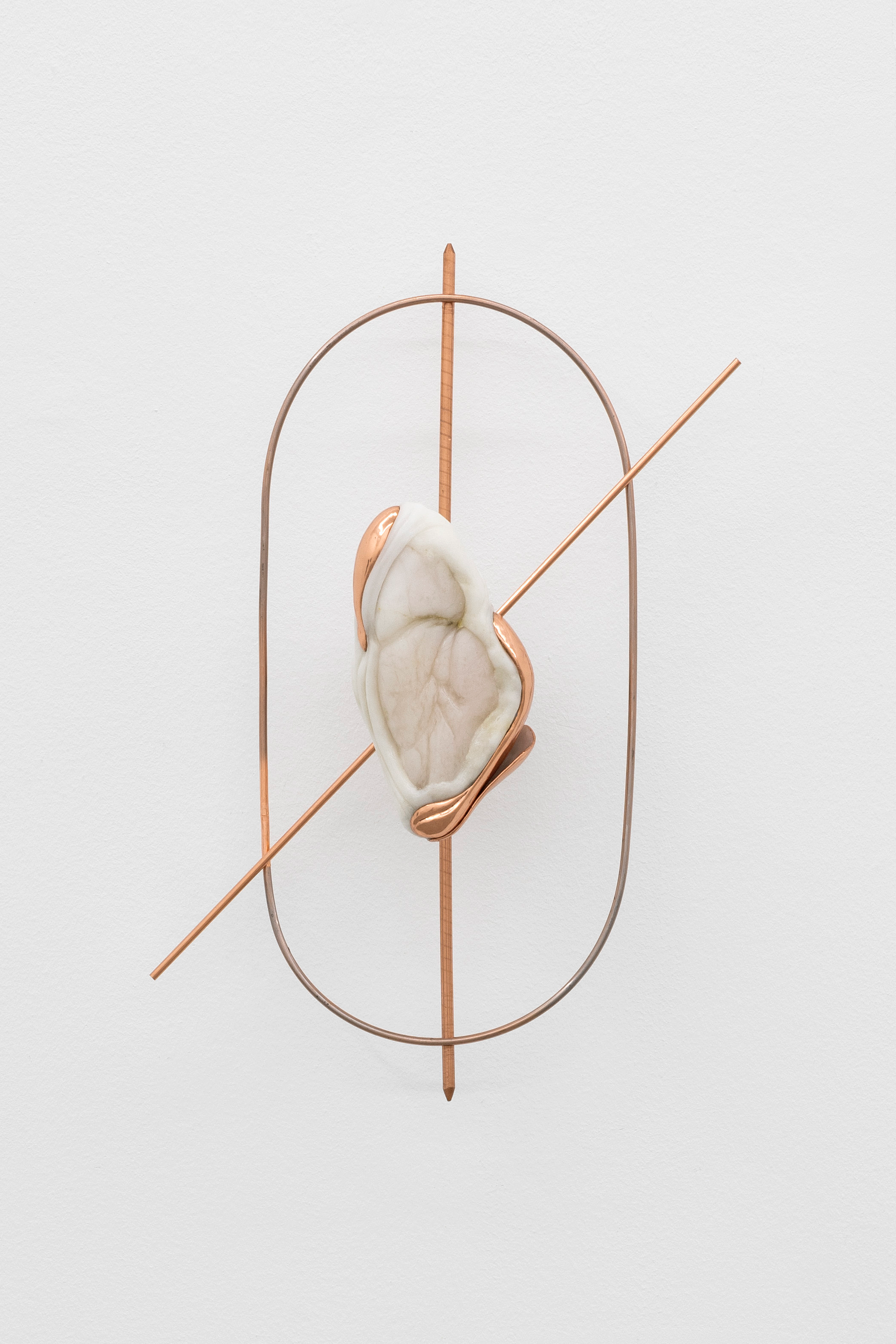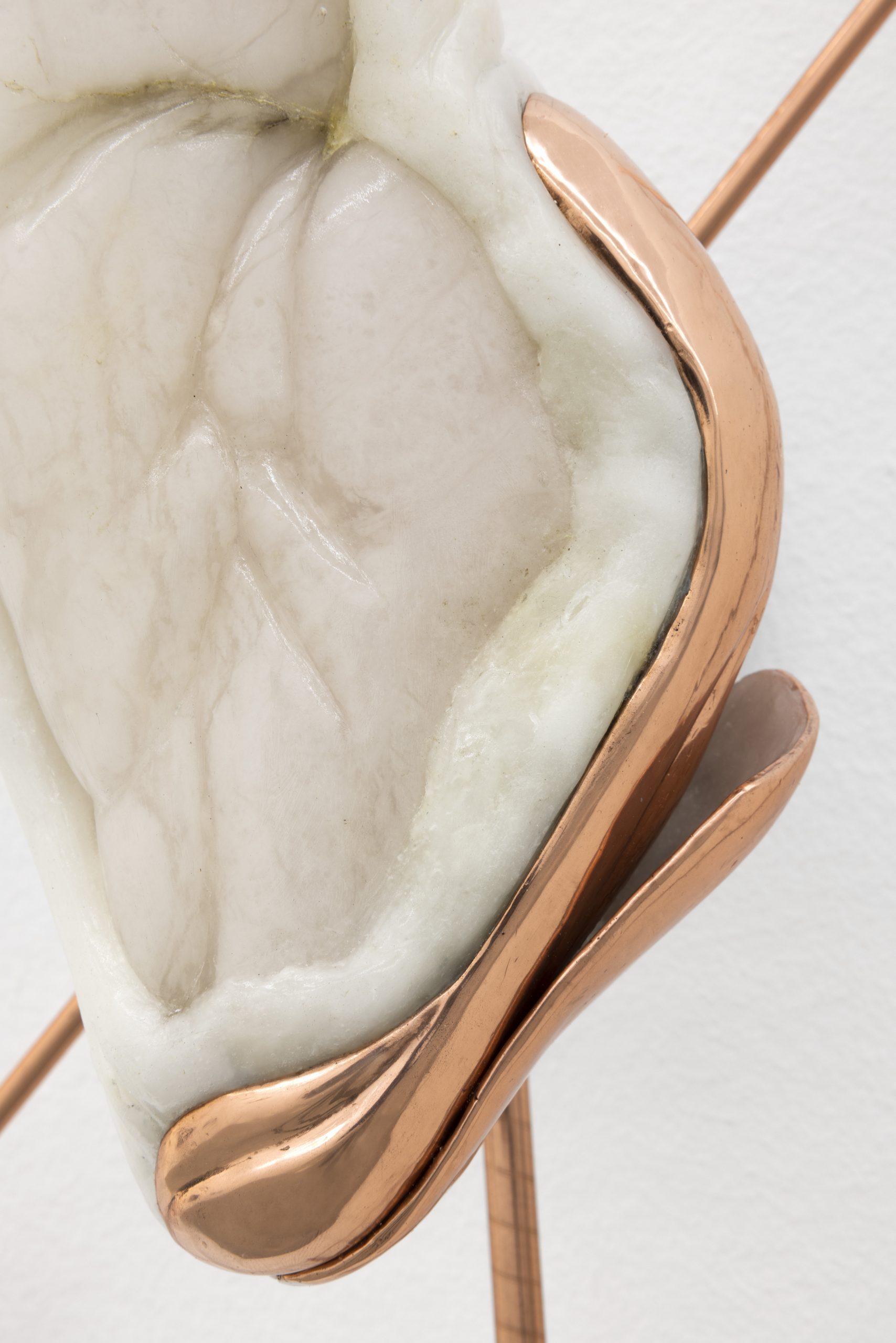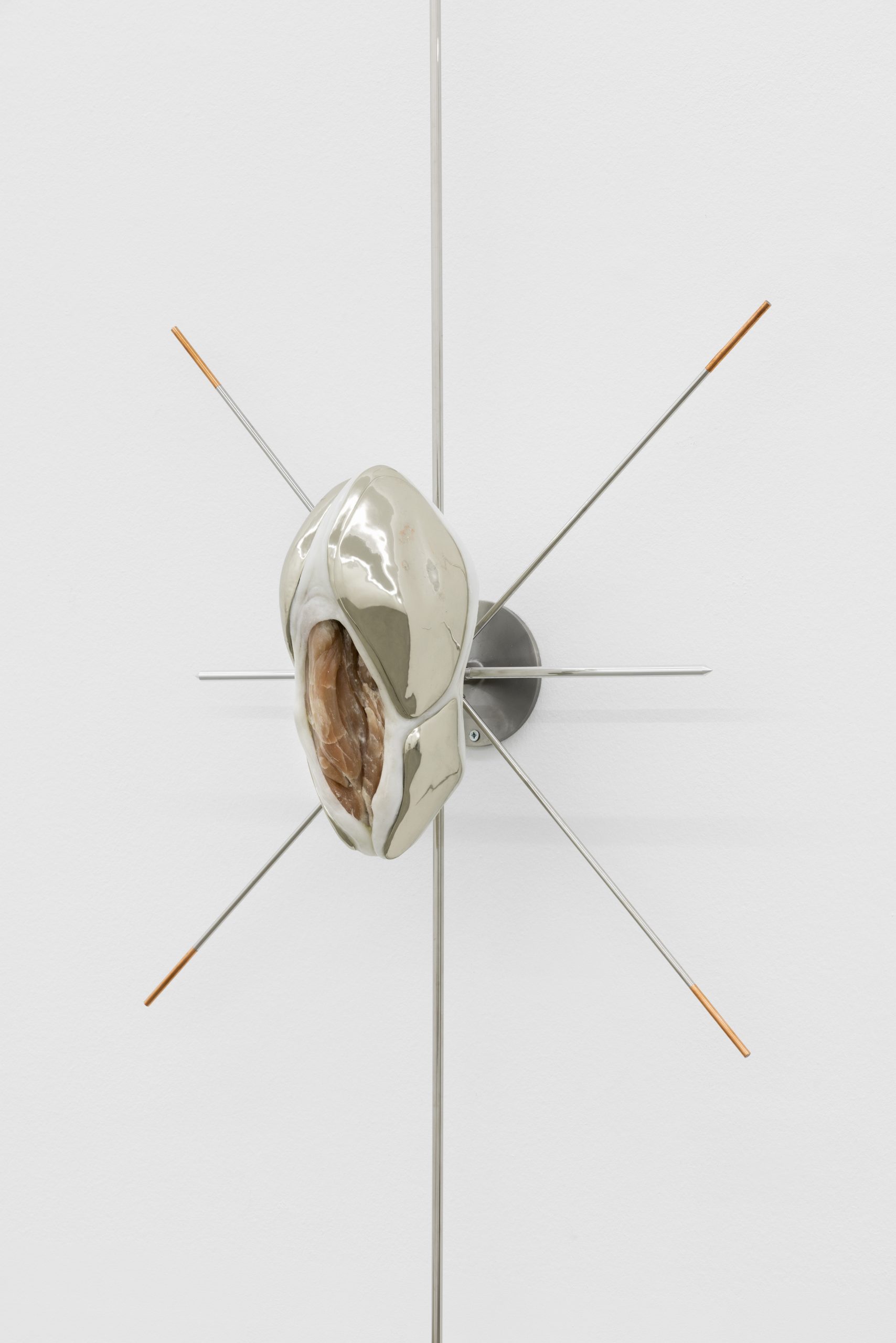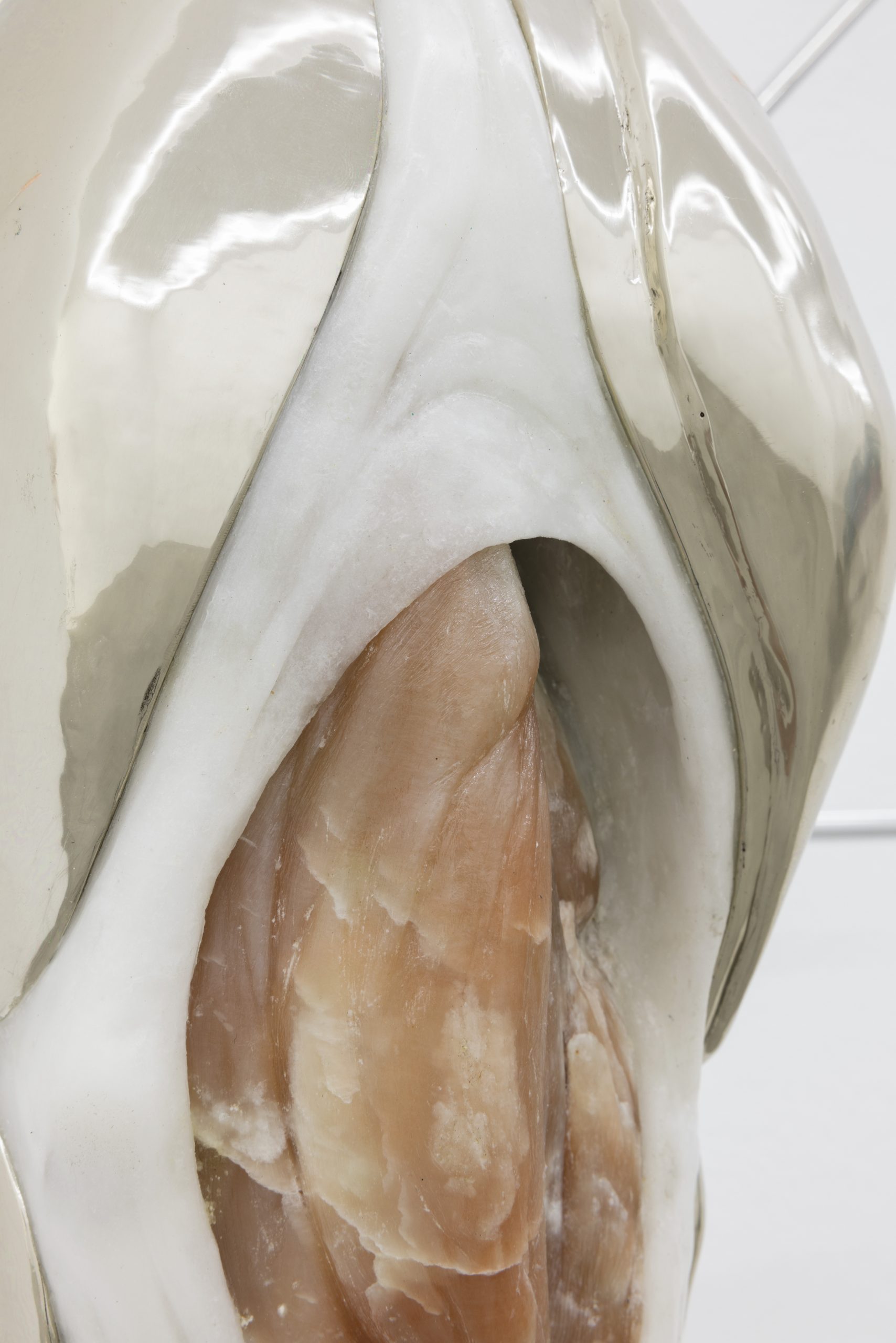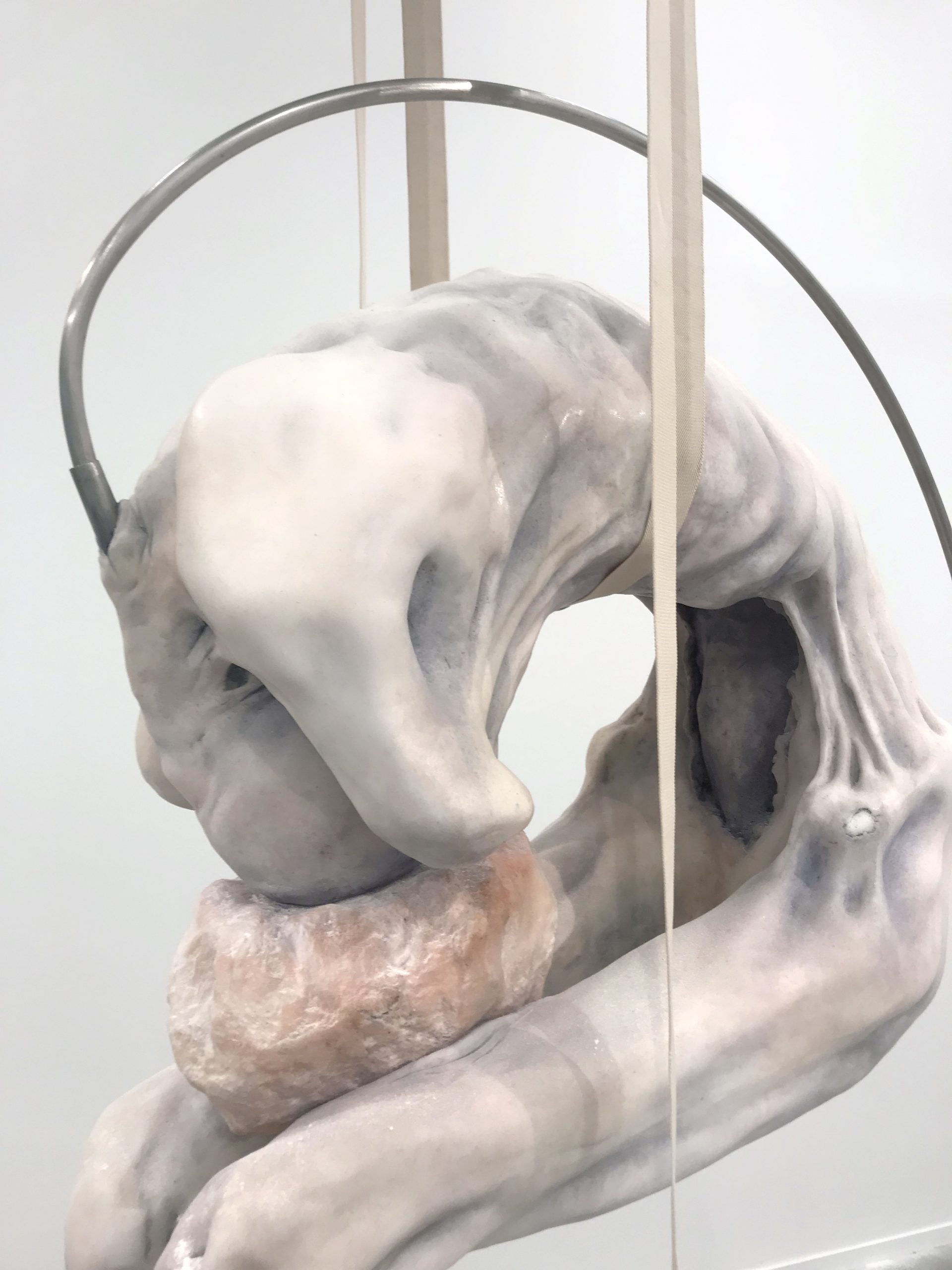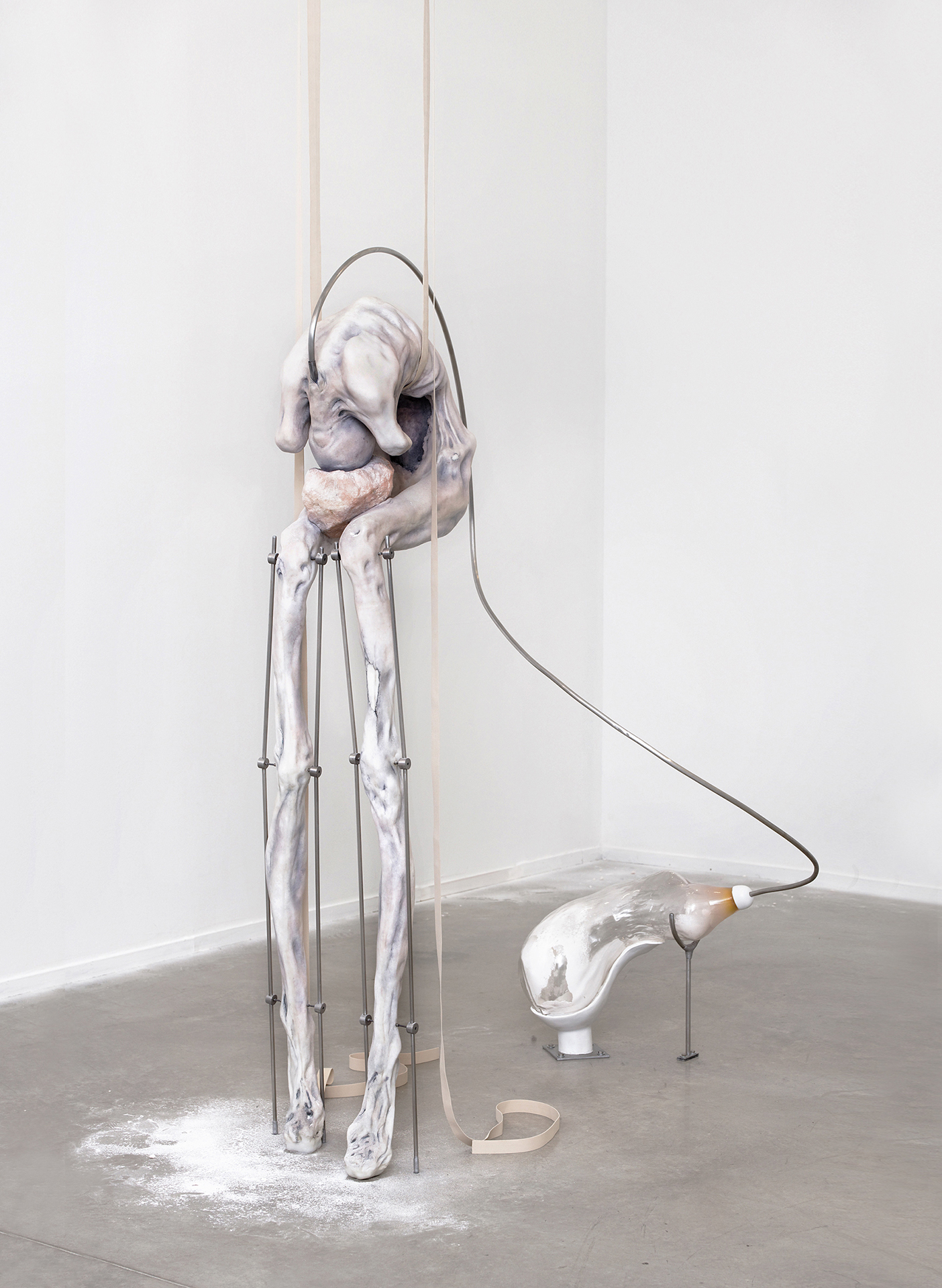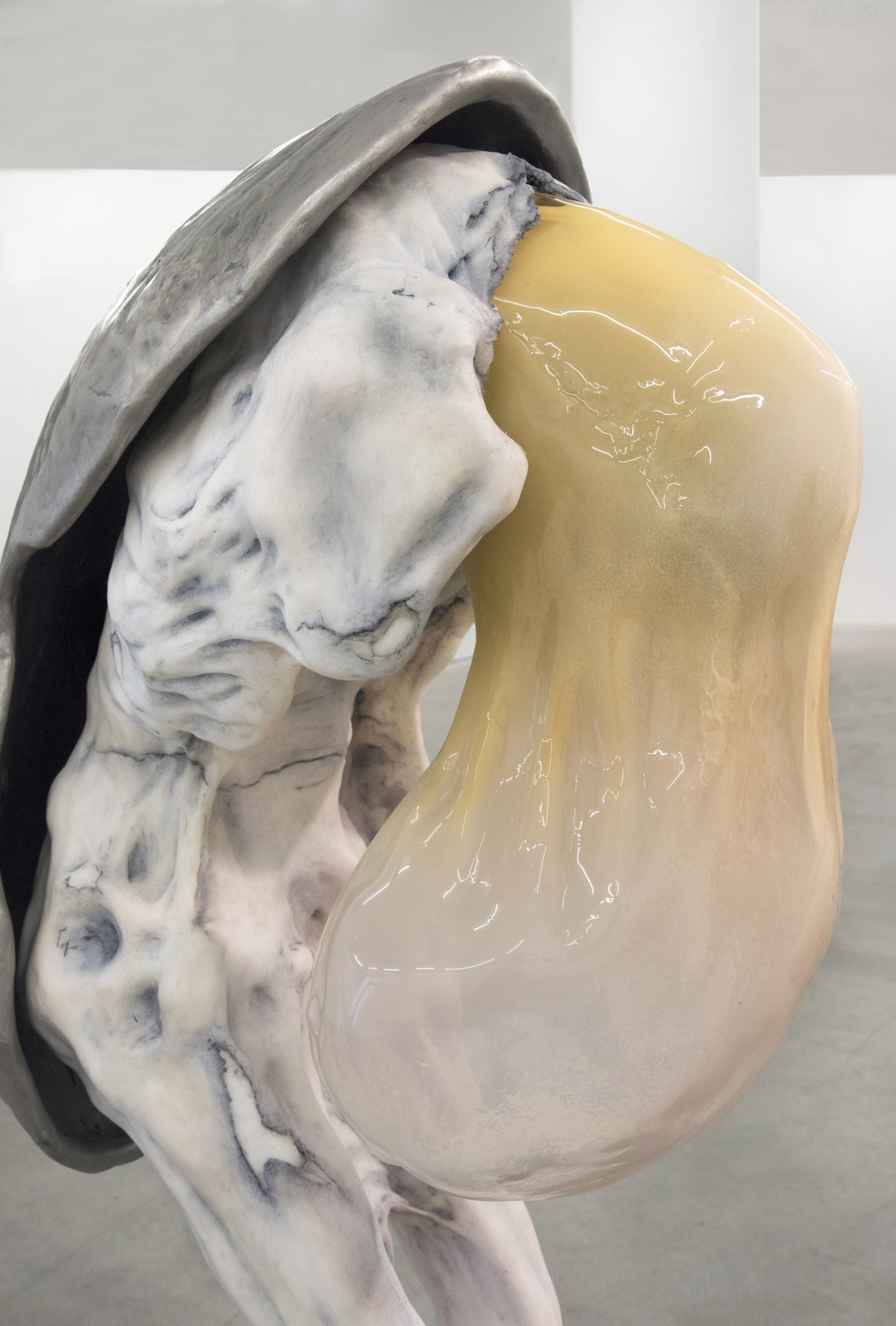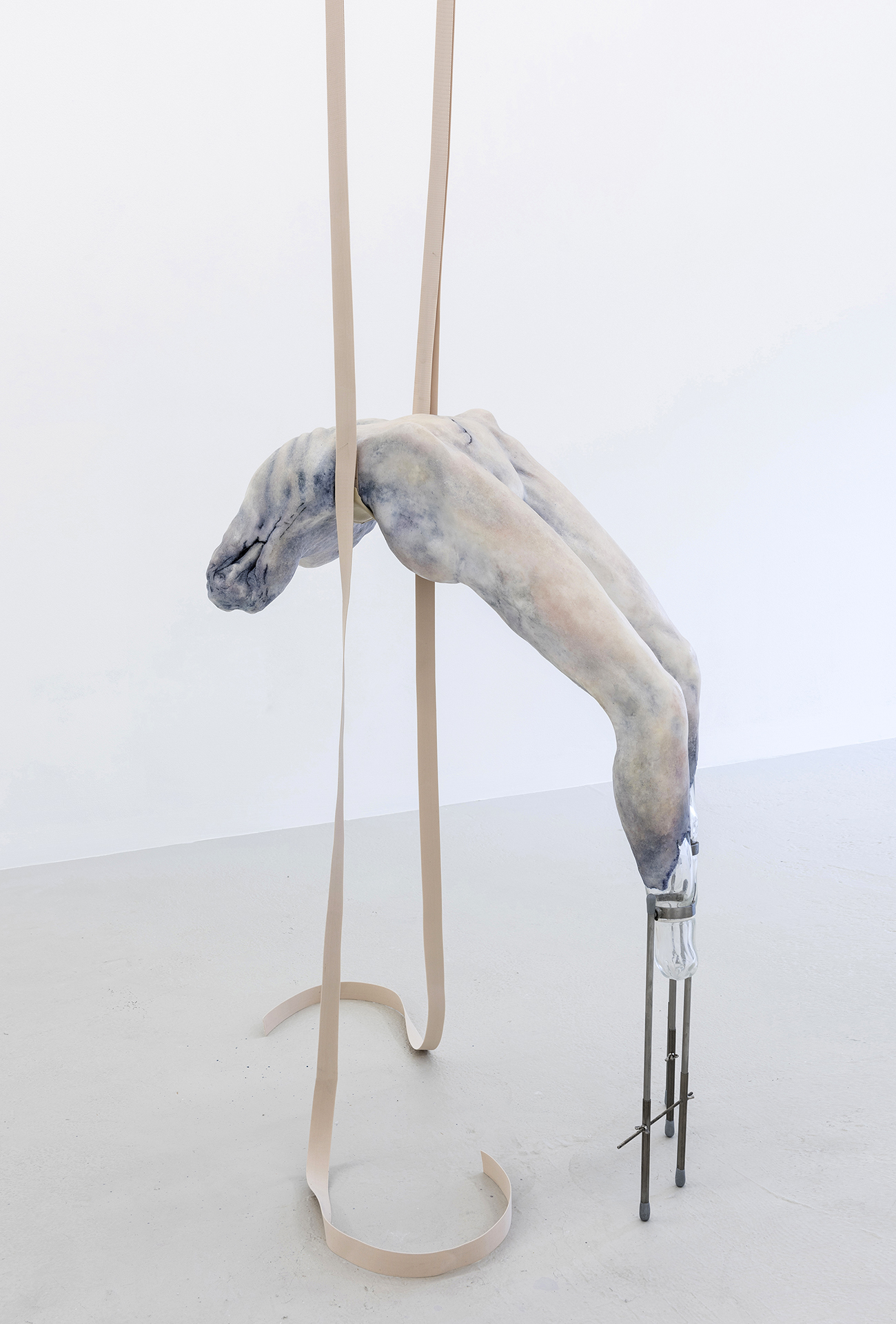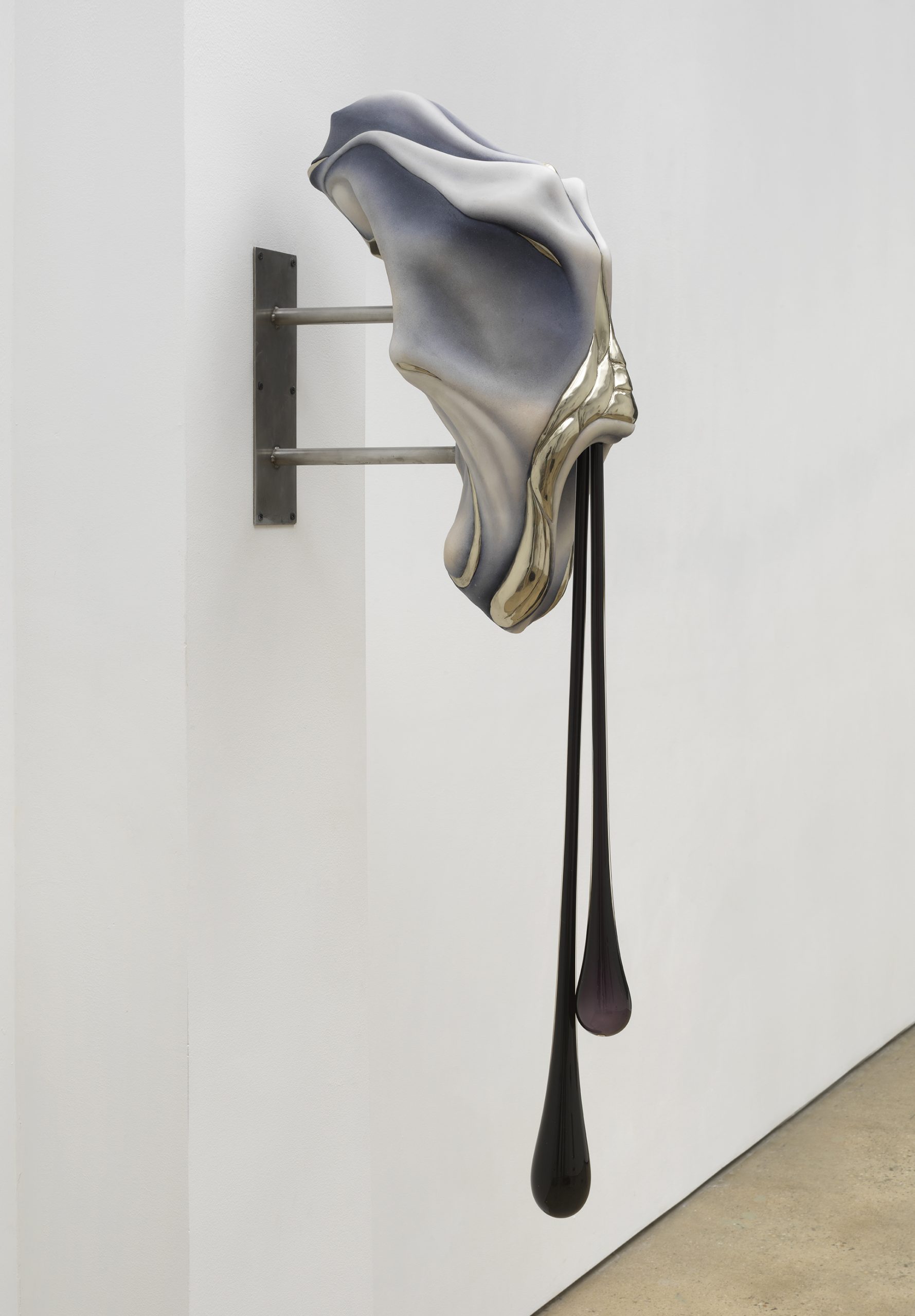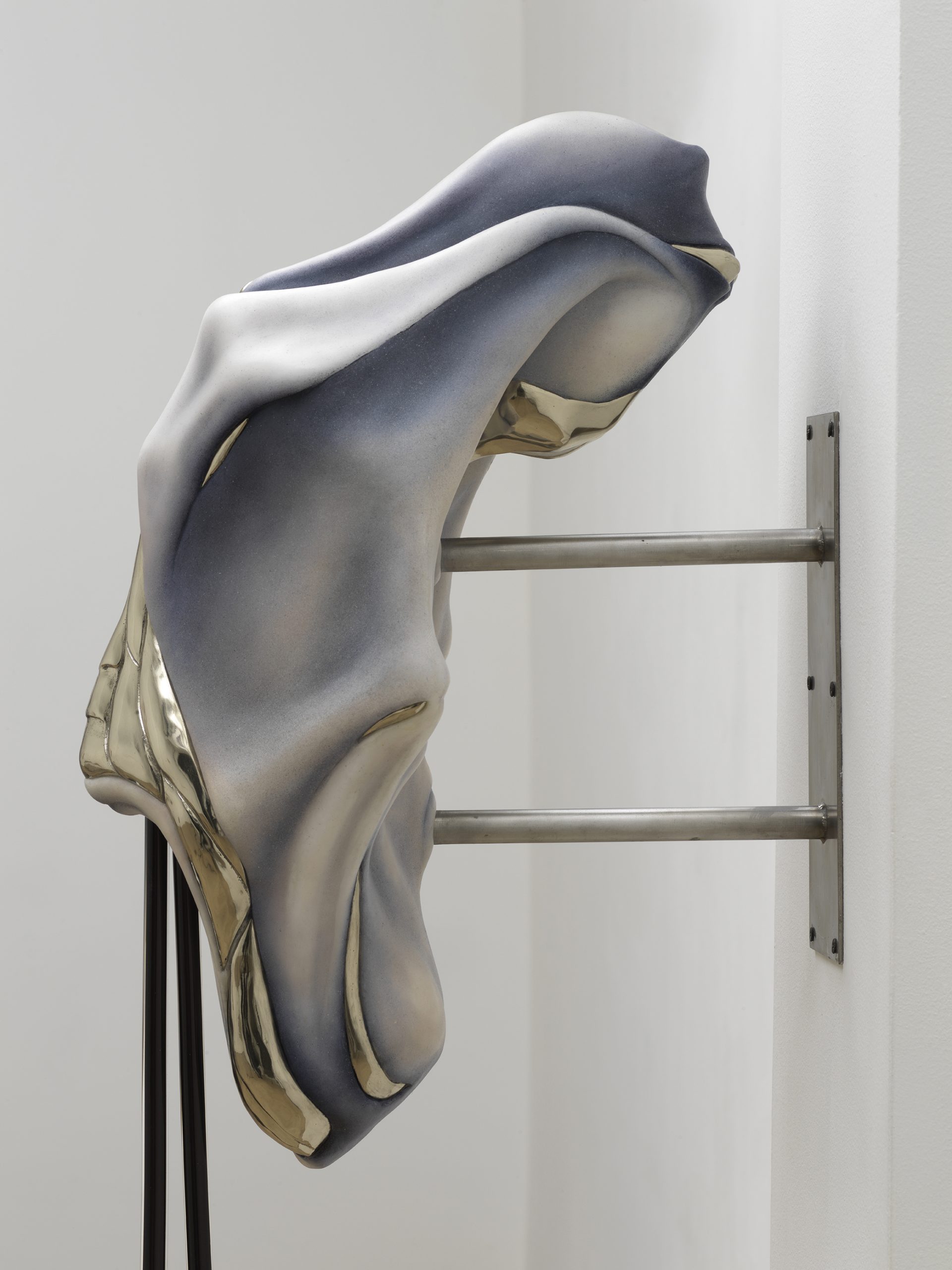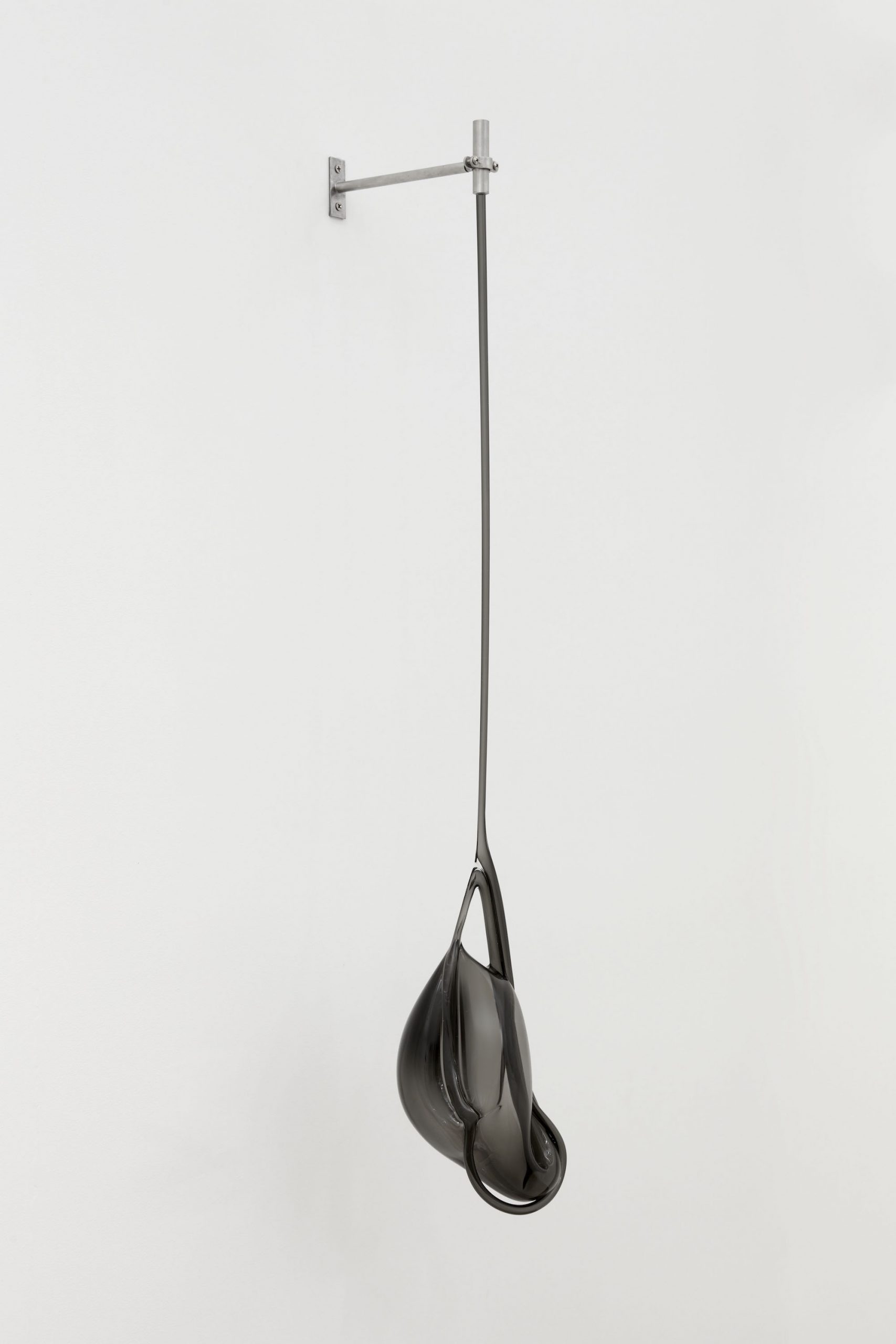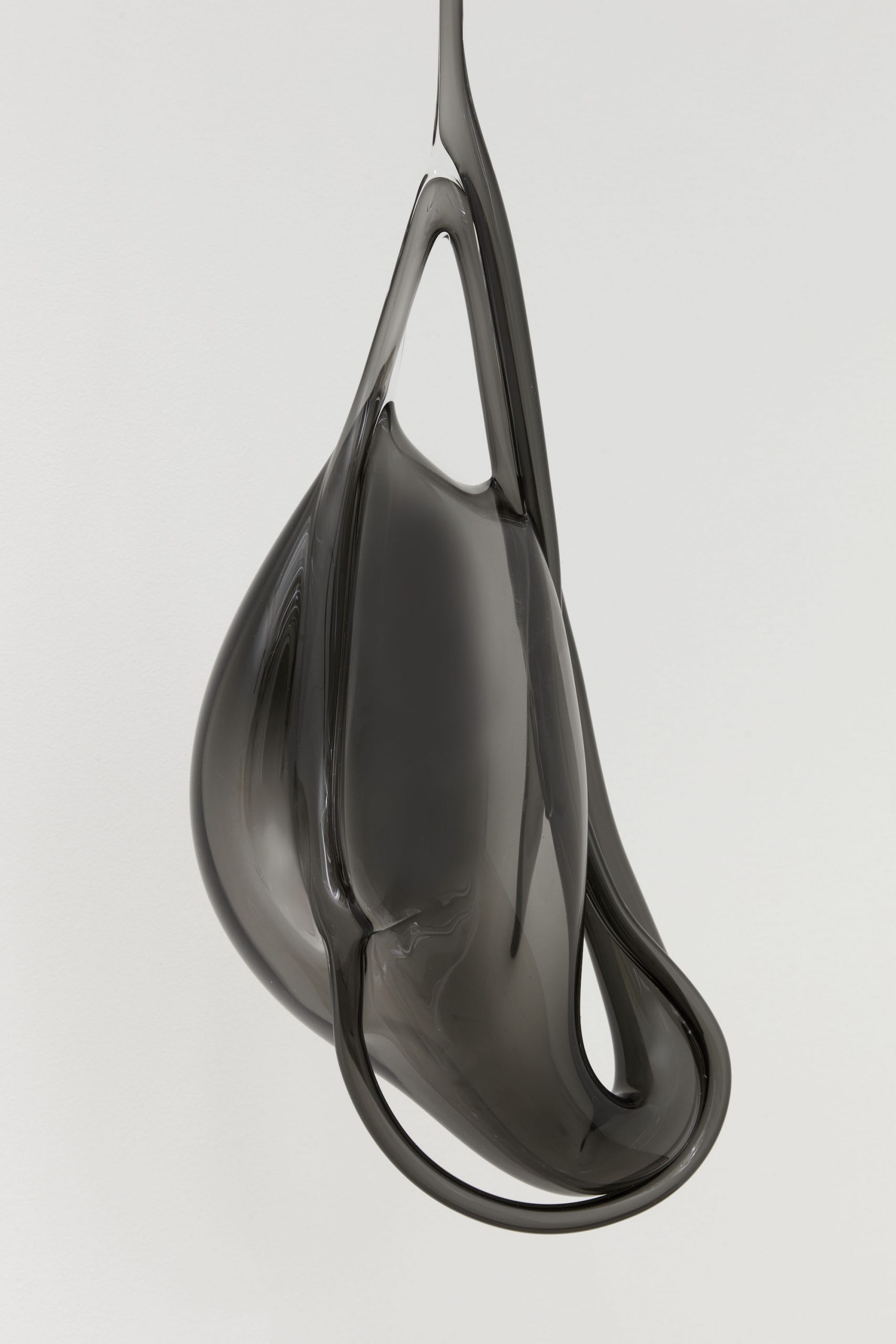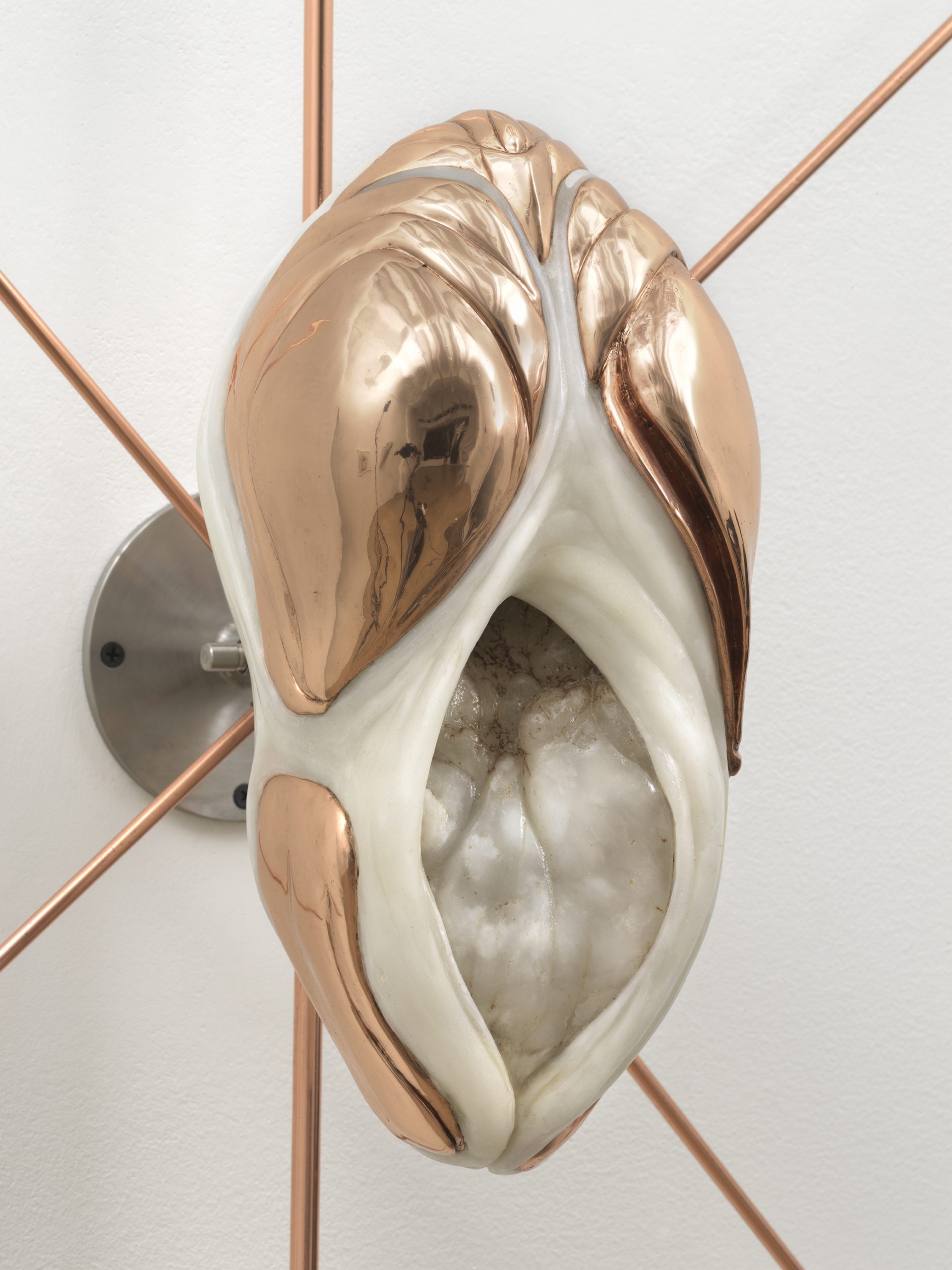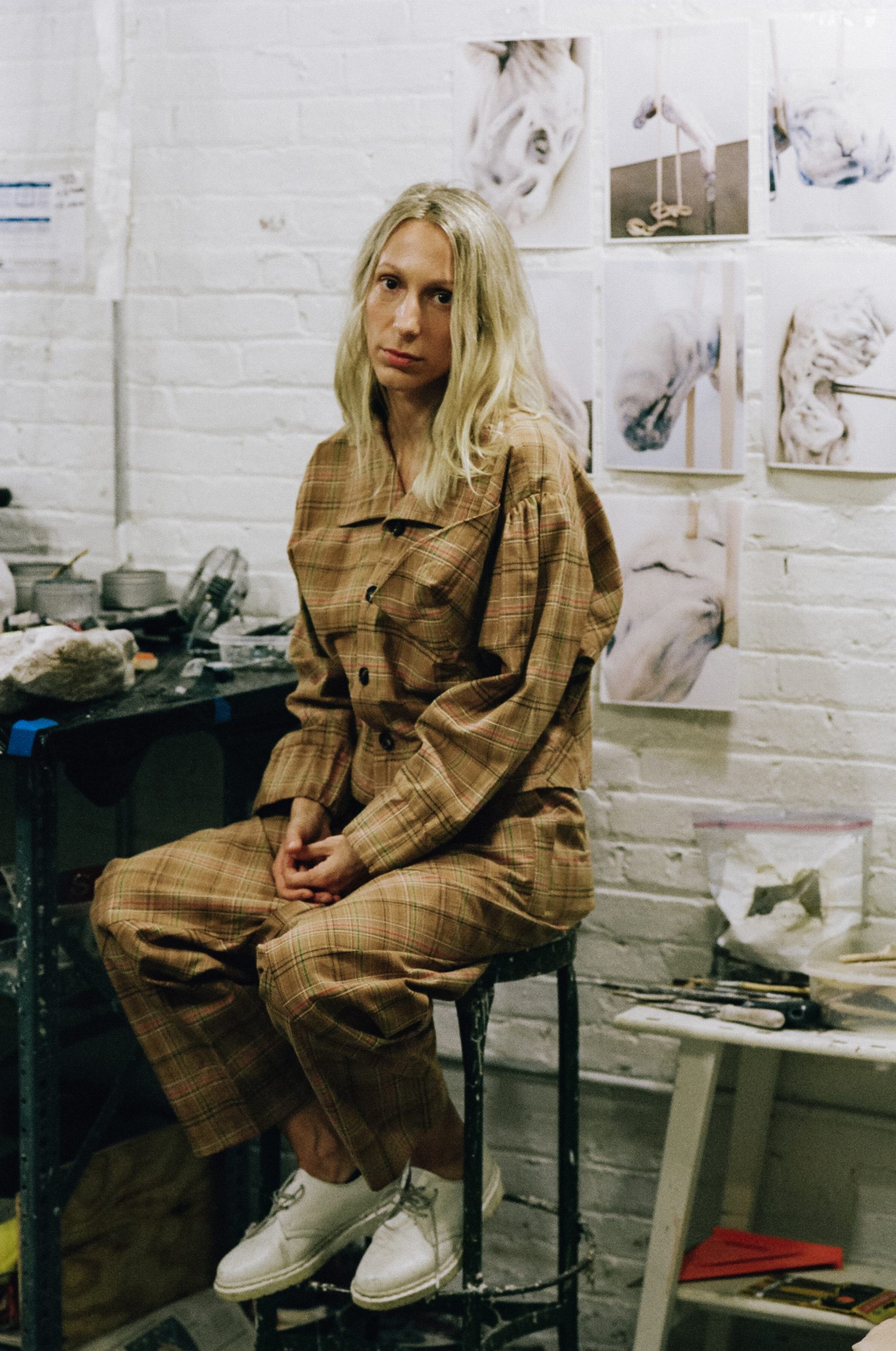
Where things happen #12— March 2023
The work of Ivana Bašić is driven by a quest for transcendence, a desire to go beyond the boundaries of materiality and explore new possibilities of spiritual elevation.
At the same time her art-making process is extremely labor intensive, requiring a strong connection and a constant physical engagement with the materials she manipulates and conducts to their next evolution.
This becomes pretty clear, as soon as I step into her studio: Ivana is in the middle of an hectic activity, interacting with her assistant who’s moving some materials and going to pick up more glass downstairs.
At the time of our visit she was working on a series of large sculptures she’s been on for a few years now, as she reveals.
Always working on them at the same time as less-demanding productions and projects, over the past 2 years she has created a group of monumentally powerful creatures, that appear to inglobate several of the thematics her work usually intersects.
She kept them in the studio for years, but she is now starting to show them to the curators, aiming to get the proper opportunity to finally present them to the public.
Looking at these creatures, one can realize how they perfectly embody a precise will of forcing the viewer to a confrontation with the “uncomfortable” otherness, something that recurs throughout the artist’s practice.
These alien entities speak to the viewer as murmuring some secret truth, but from some future past: they manifest in the space as presages of the inescapable fate shared by all the bodies, but also as epiphanies of new possible evolutions, in some otherworldly dimensions we can only imagine but not fully conceive, as already beyond any experience of material presence we are used to.
Nevertheless, as Ivana Bašić will later explain to me, the contact with the physical materials is still actually key, seen by the artist as a necessary starting point for this process of progressive liberation: as very few sculptors are doing today, all her production is in fact the pure result of a first hand work, that sees her carving, molding, shaping and painting the different parts, with a full personal involvement in the process of creation throughout the different layers of the sculpture.
Her works are often complex aggregations of multiple layers and stages, combining mostly antithetical materials to create striking tensions. They’re built of contrasts between strong and more fragile elements and between solid and transparent surfaces, as when she’s experimentally blending blown glass parts with solid stone.
In this way, Ivana Bašić work seems to perfectly embody and narrate this eternal contrast between the mortality of ephemeral entities and the between atemporality of irreducible forms.
After a more careful observation, however, one can realize also how Basic’s art is most often the result of an effort of progressive reduction of the matter into dust: in this way the artist pursues this utopian attempt to liberate her sculptures from the limits of their materiality, finding the existential core of energies and their essence.
Not by chance, her sculptures sometimes appear as resisting and impenetrable, both to the viewer and to the external world: they look as trying to shelter from all external interferences and threats, assuming this fetal but also chrysalides appearance that holds in its shape and status this mysterious yet universal tension between the end of a life stage, and an evolution into another.
I this way, by blending together different materials Ivana Bašić progressively morphs otherworldly characters that manifest some on-going metamorphosis and evolution, eventually suggesting the possibility of a cathartic liberation and elevation, a possible transcendence from the trauma and pain of material existence going beyond the limits of their current physical bodies.
As Ivana would explain to me, all her work is largely inspired by the theories of Russian Cosmism, which combined elements of religion and ethics to elaborate an alternative history and philosophy of the origin, evolution, and of the future existence of the cosmos and humankind.
Informed by these theories, many of the artist’s latest creations elaborate on the idea of metamorphosis seen as the last possible change, when it is already impossible to escape with any other condition, to get oneself free.
Referring to Catherine Malabou’s “The Ontology of the Accident”: “The only possible way out from the impossibility of flight appears to be the formation of a form of flight. In other words, the formation of an identity that flees itself,”
At the same time, Ivana will later confess how her work also still maintains some more personal implication and dimension, despite this is more silently and allegorically held in form of her sculptures: their sheltering appearance, their effort to resist to external threats eventually also reflect, embody and reenact the artist’s personal traumatic experience of the fragility and vulnerability of our physical presence and material life growing up during the Yugoslavia war, under the constant dooming danger of incessant bombing and attacks.
Taking from this profound awareness of the fallibility and ephemerality of the material body the artist has developed throughout her life experiences and readings, the work of Ivana Bašić eventually appear to be driven by the same quest for the immortality of the form, to elude the fragility and caducity of the flesh, that has animated sculpture since its genesis in classical art, and before.
The results are extremely elegant works, which reveal to be deeply grounded on strong philosophical and psychological beliefs and references, proving the strong cultural and identitarian background that power Ivana Basic’ art, and overall research.
As we speak, I sense from the artist’s words both a desire and ambition of engaging soon in some major project where these recent creatures could finally find the right stage to be properly presented.
Clearly showing to have a superior intellect combined with an extremely hard working attitude and, more importantly, a profound knowledge of the art history and of all the spiritual and philosophical theories guiding her approach to the medium, Ivana Bašić has in front a clear trajectory of continuous evolution and growth, both as artist and has energies transmitter through her art.
























